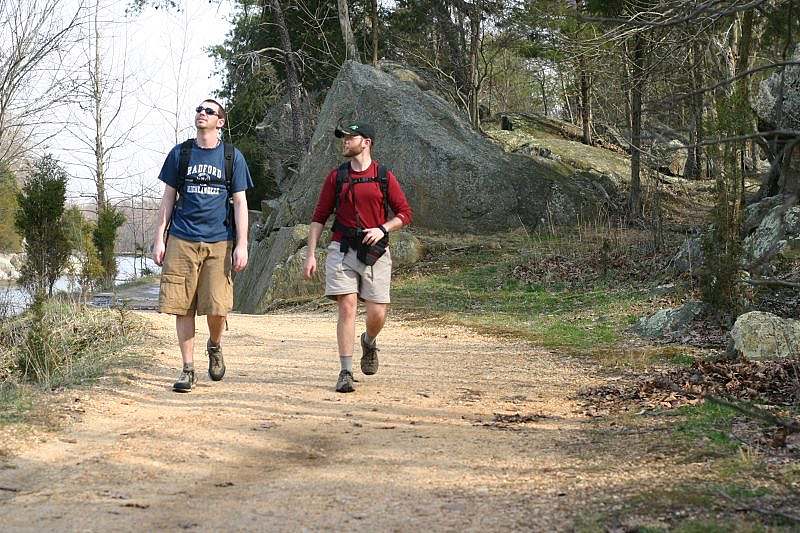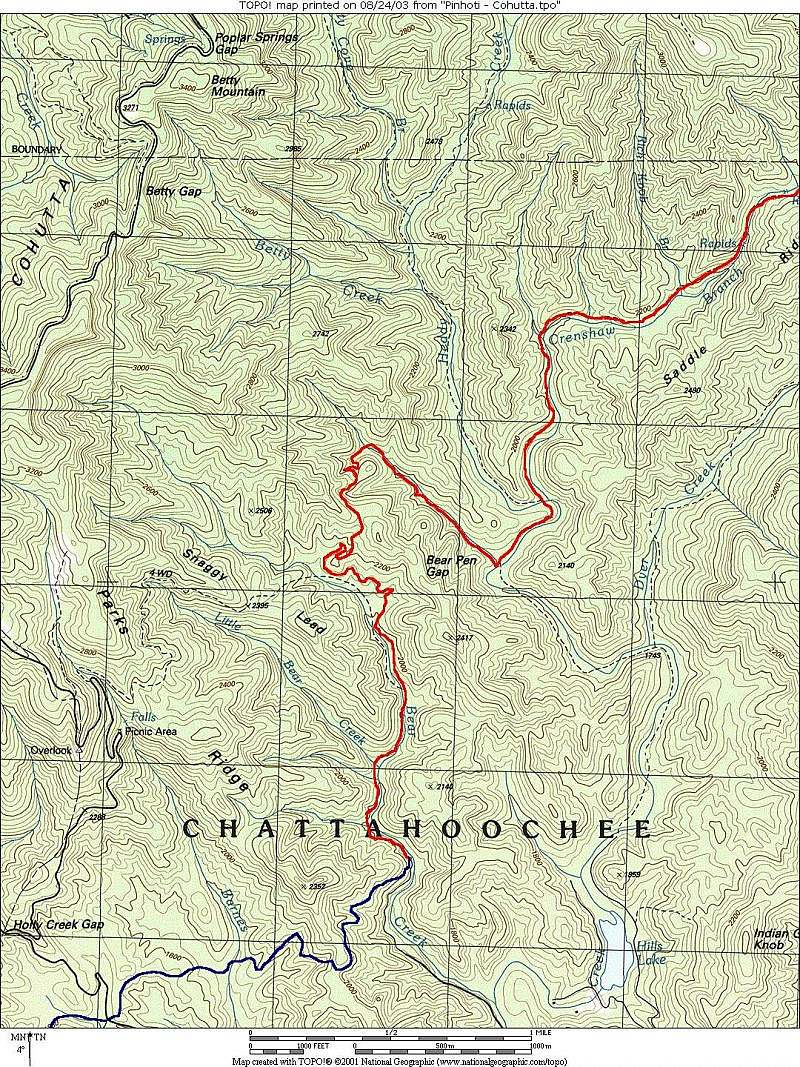Tips for Hiking with Friends Who Are New to the Outdoors

Ever wanted to introduce someone to the wonders of the outdoors for the first time?
Easing your new adventure buddy into taking on strenuous trails can be fun and fruitful, and there are a few things you can do to make the transition from beginner-level adventures to type two fun a little less painful.
Choose a beginner-friendly trail. Make sure you talk to your friend about their fitness level and desired length of trail before dragging them up the nearest epic mountain. While some people may want to go all the way up to 11, most beginner hikers can experiment with new gear and try out the hobby on an approachable trail, and not overly challenging for those new to the activity. You want to make sure you choose a hike that is short enough that when you say, “We’re almost there,” you actually mean it.
Make sure your friend is properly outfitted with the right gear. Comfortable shoes, moisture-wicking clothes, and a well-fitting backpack will all go a long way in ensuring that your friend isn’t worrying about the right gear for your adventure. It’s more important to make sure they’re wearing comfortable and appropriate shoes for the terrain than it is to get the latest, greatest hiking boots that may give them blisters.
Make a plan. Talk to your friend about where you’ll be hiking, what gear to pack, what the weather will be, and how long the hike will (probably) take. Including your friend in the planning process helps them learn how to plan their own hikes and allows them to offer input if they know that the plan isn’t quite their ideal first hike. (You may not want to bring someone to a waterfall if they *specifically* don’t want to go chasing waterfalls.)

Spot the route. Make sure you talk about way-finding tools and common trail markers. Identify what trail markers are being used and point them out to your hiking buddy. Cairns, blazes, and signage can seem obvious to experienced hikers but can be easy to miss for newbies. This way, they’ll know what to look for on your hike should you get separated.
If available, bring a gps to track your location and explain the importance of a personal locator beacon in the event of an emergency. Phones and gps tracking apps don’t always work, and without service, you want to be able to call for help if you need it.
Bring plenty of water and snacks. No one likes a hangry hiker, and staying hydrated and energized can prevent those low-energy moments. Plus, who doesn’t like to compare (and share) trail snacks with their buddies?
Stay safety-minded. Be aware of potential risks while on the trail. Make sure you and your friend discuss potential health risks (such as low blood pressure, asthma, bee allergies, etc.) and natural hazards (snakes, heat exhaustion, and loose terrain). By talking through potential dangers, you can help your friend feel more comfortable going into the outdoors while also identifying potential trip ruiners.
Be flexible. If fun and a good time are your goals, then everyone will be happy. Remember that you are introducing your friend to something new; they won’t want to do it again if they don’t have fun the first time. Change your plans, turn back early, or do a shorter trail if things are not working out.
